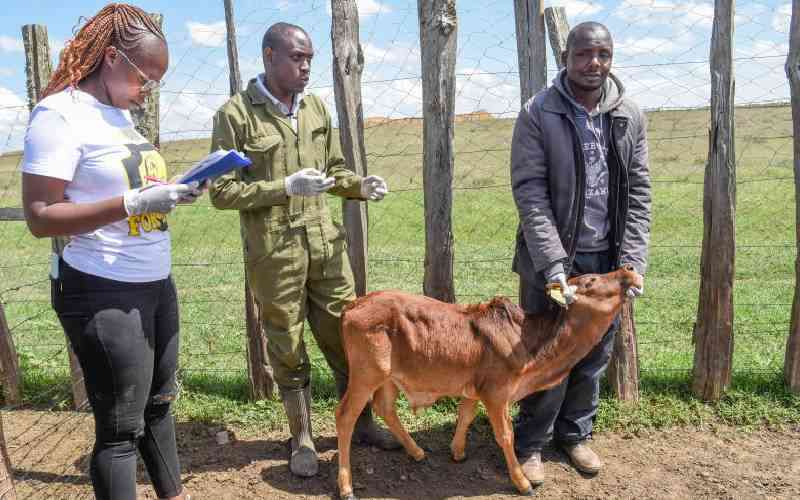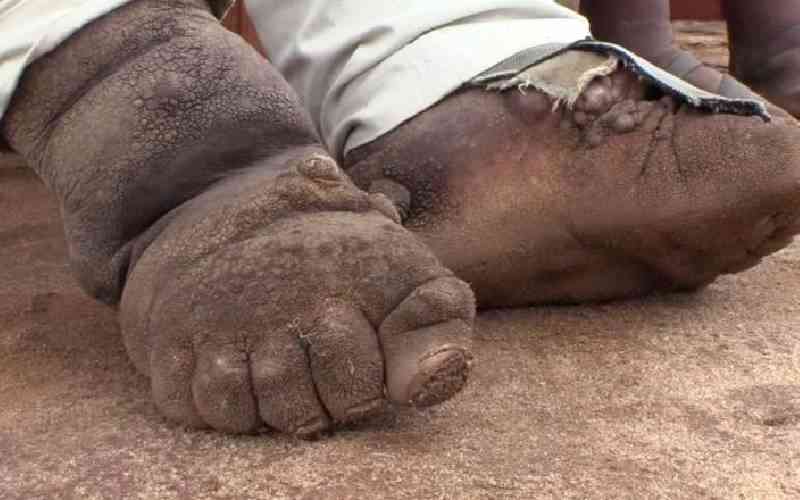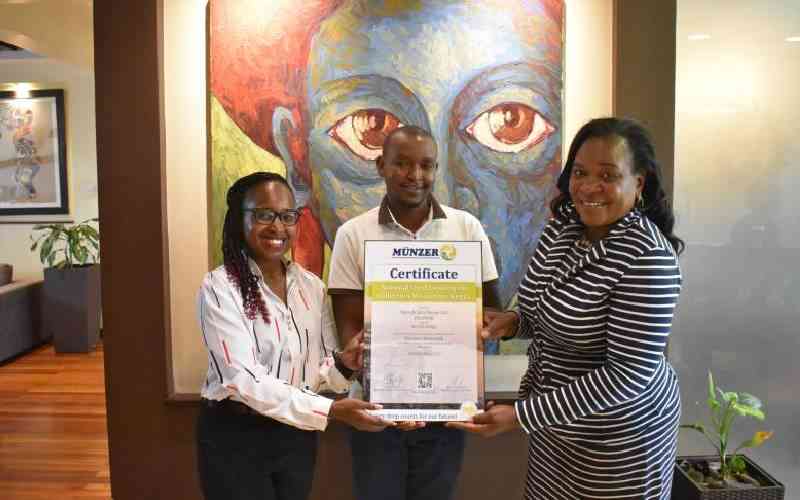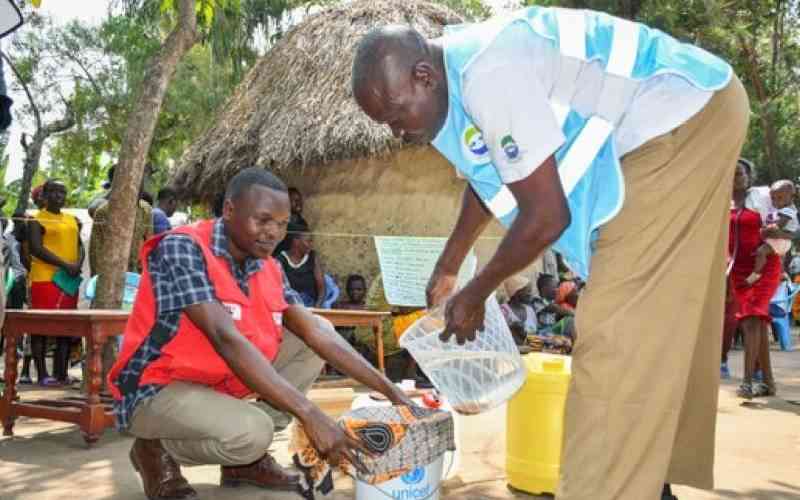
According to the World Health Organisation, Neglected Tropical Diseases (NTDs) are a diverse group of 20 conditions that are mainly prevalent in tropical areas where they affect more than one billion people who live in impoverished communities globally.
They are caused by a variety of pathogens, including viruses, bacteria, parasites, fungi, and toxins. These diseases cause devastating health, social and economic consequences. Examples of NTDs include leprosy, rabies, trachoma, schistosomiasis, lymphatic filariasis and soil-transmitted helminthiasis.
They are 'neglected' because they are almost absent from the global and national health agenda. Even today, when the focus is on universal health coverage, NTDs have very limited resources and are almost ignored by global funding agencies. NTDs are diseases of neglected populations that perpetuate a cycle of poor educational outcomes and limited professional opportunities. In addition, they are associated with stigma and social exclusion.
NTDs flourish mainly in rural areas, conflict zones, and hard-to-reach regions. They thrive in areas where access to clean water and sanitation is scarce - worsened by climate change. Furthermore, NTDs tend to affect regions without quality healthcare, leaving poor populations vulnerable to these often-debilitating diseases and newly emerging threats. Kenya has four NTD endemic zones - western, coastal, north rift, and eastern regions.
Addressing NTDs requires cross-sectorial approaches that span from bringing medicines to delivery to the clients; relieving the associated mental health burden, to tackling fundamental human rights issues.
Vector control, veterinary public health and provision of safe water, sanitation and hygiene are key complements to interventions targeting humans. There has to be a fundamental shift in approach from vertical disease programmes to cross-cutting approaches based on the needs of patients and communities.
Evidence has shown that community participation is critical to the success of any public health programme aimed at reducing exposure to, controlling, or eliminating diseases. Social behaviour change communication and advocacy campaigns using innovative channels should be used to educate, create awareness and demystify NTDs.
WHO released a road map; 'Ending the neglect to attain the Sustainable Development Goals: A road map for neglected tropical diseases 2021-2030', whose targets are aligned with those of the Sustainable Development Goals.
- WHO donates over 15 million tablets and Mpox kits to combat tropical diseases
- CS warns 25m Kenyans at risk of tropical diseases
- Restoring dignity: How doctors are fighting Lymphatic Filariasis head-on
- How recent flooding crisis could fuel neglected topical diseases in Kenya
Keep Reading
The road map sets out ambitious targets and key actions in tackling many of these diseases in an integrated manner and drives progress towards a world free of NTDs by 2030. Ensuring that essential services reach all who need them is at the heart of efforts to respond to NTDs.
The government will launch the Kenya National Master Plan for the Elimination of Neglected Tropical Diseases 2023-2027 that will be held in Kisumu. This is part of government's effort to ensure that NTDs are no longer neglected or associated with the poor, but are controlled, eliminated, and eventually eradicated in Kenya.
Although the NTD burden remains high, Kenya has made progress in eliminating some NTDs. Kenya was certified Guinea worm disease-free by WHO in February 2018 and a certificate awarded by WHO after being evaluated by International Certification Team (ICT) between November and December 2017. The last case of Guinea worm disease in Kenya was reported in 1995 in Turkana County. Kenya now aims to eliminate Lymphatic Filariasis and Trachoma by 2025.
According to the Breaking Transmission Strategy 2018 - 2023, Kenya is committed to achieving the global and national goals of control and elimination of four Preventive Chemotherapy NTDs endemic in the country - Soil-Transmitted Helminthiasis, Schistosomiasis, Lymphatic Filariasis and Trachoma. This aims at reducing the level of infection, both prevalence and intensity, to a point where it is no longer possible for the diseases to be transmitted from one person to another.
Many national NTD programmes are largely reliant on donor funding. There is need to increase the sustainability and predictability of funding as well as the availability of medicines and diagnostics across the whole NTD spectrum to ensure a progressive strengthening of NTD programmes and services along the three dimensions of universal health coverage (maximizing who is covered, which services are covered, and the proportion of the costs covered). The Kenya National Master Plan for the Elimination of Neglected Tropical Diseases 2023 - 2027 gives a clear costed plan on investments required to eliminate NTDs.
Kenya should invest in cross-cutting interventions outside of the health sector, in areas including water, sanitation, and hygiene; education; agriculture; animal welfare; and finance. All these sectors impact the lives of those living in areas endemic for NTDs and are important as part of a holistic, sustainable approach.
Ultimately, NTD interventions need to be a routine part of national systems and services to preserve the progress made, continue protecting those benefiting from services, and expand services where needed. With sustained efforts, Kenya can eliminate more NTDs by 2030 and decrease the number of people requiring interventions for NTDs.
 The Standard Group Plc is a multi-media organization with investments in media platforms spanning newspaper print
operations, television, radio broadcasting, digital and online services. The Standard Group is recognized as a
leading multi-media house in Kenya with a key influence in matters of national and international interest.
The Standard Group Plc is a multi-media organization with investments in media platforms spanning newspaper print
operations, television, radio broadcasting, digital and online services. The Standard Group is recognized as a
leading multi-media house in Kenya with a key influence in matters of national and international interest.











